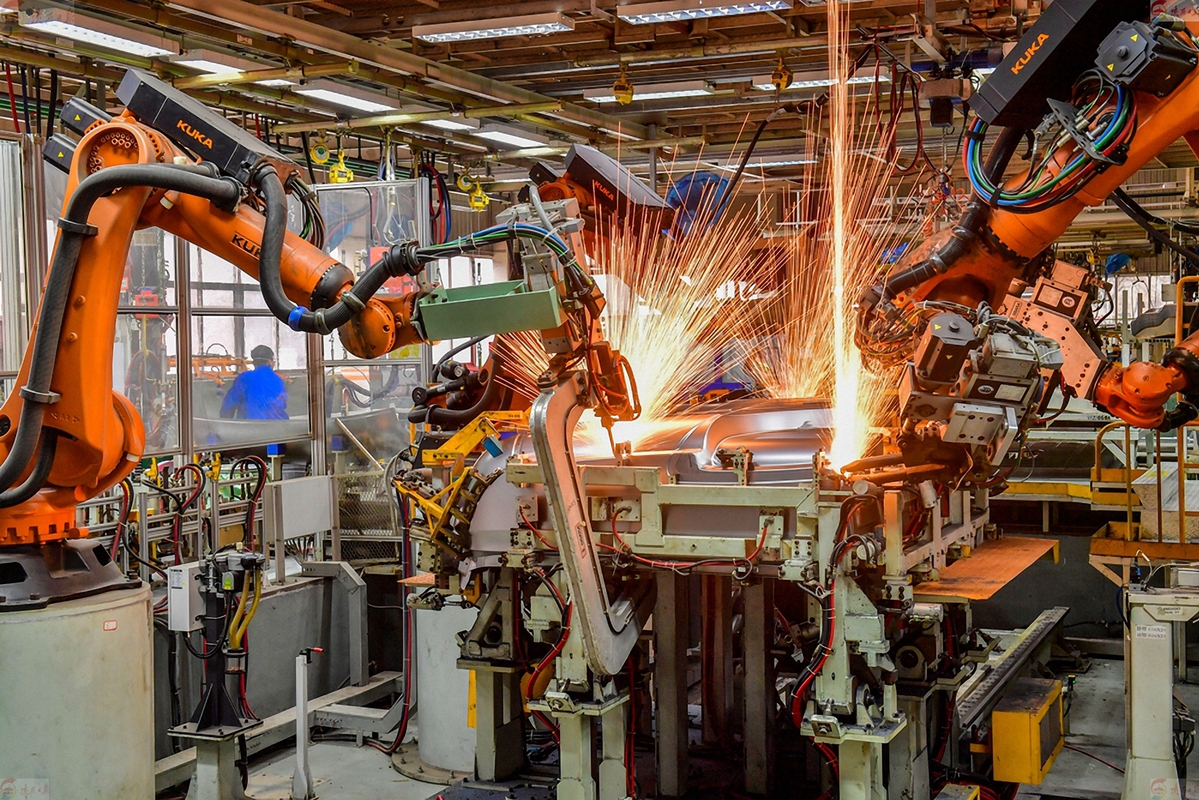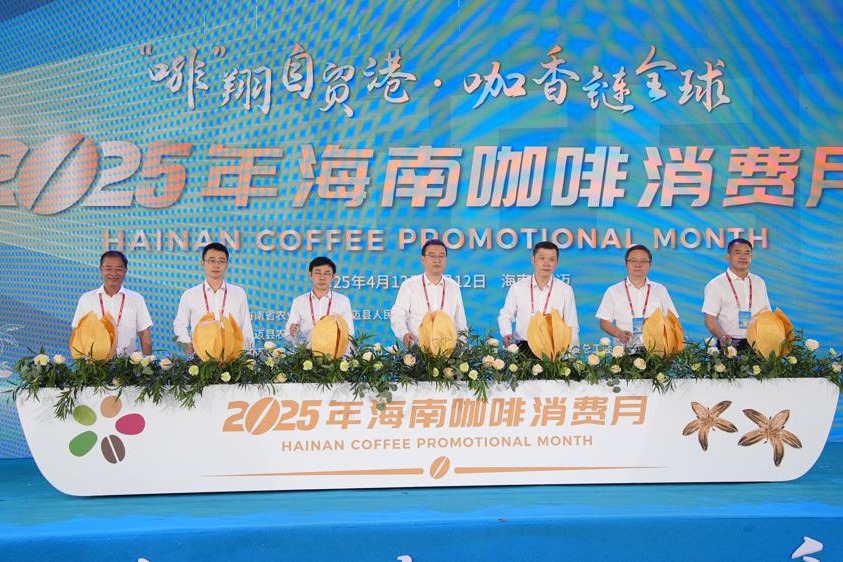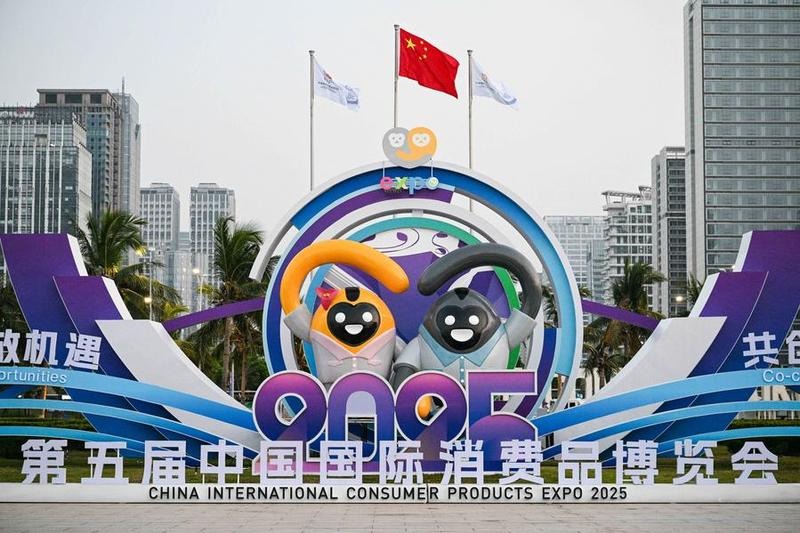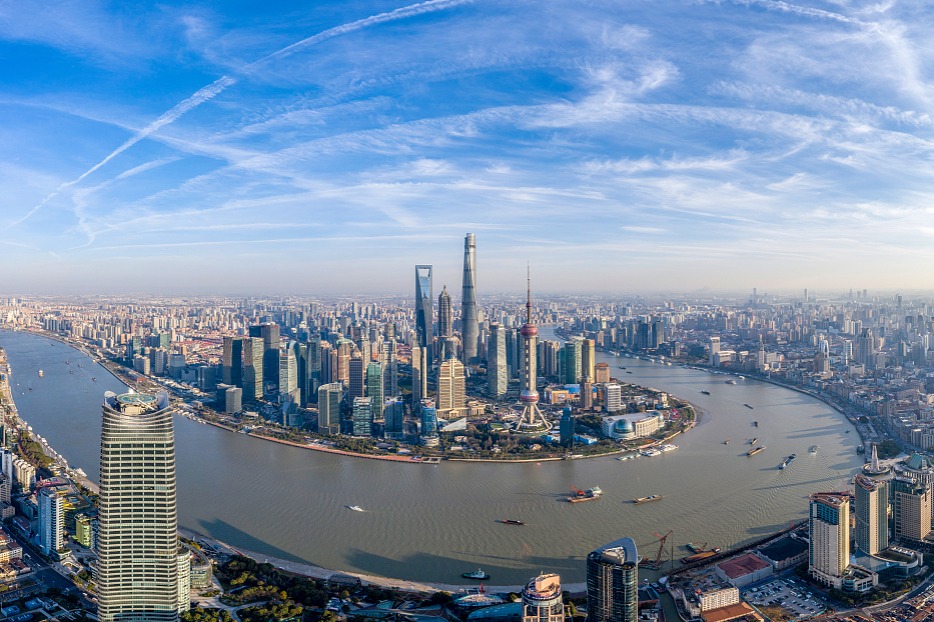Beyond tariff uncertainty: Anchoring long-term value in China's asset


The recently announced reciprocal tariffs by the United States, which exceeded market expectations in both scale and scope, have caused significant volatility in global financial markets. While these measures may temporarily dampen bilateral trade flows, disrupt global supply chains and pressure Chinese exports over the near term, China's strategic economic resilience and policy flexibility position it to convert external challenges into opportunities for structural upgrading.
The nation's technological leadership and growing emphasis on shareholder returns continue to enhance the appeal of Chinese assets. Meanwhile, Hong Kong's unique advantages — bolstered by central government policy support, strong public tech firms, and attention to shareholder returns — will reinforce its status as the premier gateway for global investors seeking long-term participation in China's growth story amid tariff uncertainties.
Economic recalibration
China's economic resilience forms a solid foundation for its assets, supported by the world's most complete industrial system and largest domestic consumer market. Having been the world's top manufacturer for 14 consecutive years, producing nearly 30 percent of global goods, China's integrated supply chains and global operational capabilities enable its industries to absorb short-term shocks while enhancing long-term competitiveness. Simultaneously, its vast middle-income group population, with stable and rising incomes, drives consumption-led growth, reducing reliance on external demand and anchoring stability in global economic recalibration.
China has also taken the initiative in the new wave of technological advances. Since 2018, to counter the full-scale trade war and targeted suppression of Chinese tech firms, the country has intensified efforts in innovation and self-reliance, achieving critical breakthroughs in multiple critical technologies. In artificial intelligence, the rise of DeepSeek has challenged the long-standing US dominance. China's focus on manufacturing gives itself advantages in multiple AI application fields, including robotics, autonomous vehicles and drones. The nation is excelling in the training and inference processes of large AI models, creating a "learning-by-doing" paradigm. According to the World Intellectual Property Organization, between 2014 and 2023, China filed over 38,000 generative AI patent applications, surpassing the US total of 6,276 applications over the same period.
China maintains substantial policy tools to navigate challenges. Policymakers have reserved contingency tools to mitigate potential external shocks. Beyond retaliatory actions, domestic demand stimulus measures will be the primary counter to US tariffs. A potential stimulus package of 2 trillion yuan ($273.4 billion) may prioritize domestic demand to offset export-related pressures. Other pending policies — such as childcare subsidies and accelerated urban village redevelopment support measures — are likely to accelerate economic growth. On the monetary policy front, the central bank may introduce sector-specific instruments to further stabilize foreign trade.
Chinese capital markets remain attractive for long term investors, with compelling medium-to-long-term catalysts. The launch of China's "market stabilization fund", while stabilizing the market, is also sending strong signals of the long-term value of Chinese capital markets.
Hong Kong's pivotal role
To better capture the long-term value of Chinese assets, Hong Kong's capital market holds unique strategic advantages. The city has regained its position as Asia's top financial hub and third globally in the latest Global Financial Centers Index. Chinese mainland's robust economic growth continues to lead major global economies, attracting international investors to tap into its opportunities through Hong Kong's markets. At the same time, Beijing's drive to foster "new quality productive forces" has accelerated tech innovation, resulting in a steady stream of high-growth tech firms listing in Hong Kong. To further strengthen the city's financial role, the central government has introduced multiple supportive policies. Recent high-level meetings have reaffirmed commitments to elevating Hong Kong's status as an international financial hub. Key measures include expanding cross-border investment channels under the "New Nine Guidelines" and launching initiatives such as the Cross-boundary Wealth Management Connect 2.0. Closer regulatory coordination between mainland and Hong Kong authorities has also revitalized market activity, particularly in sectors such as consumer goods, advanced tech and clean energy.
In addition to policy support, Hong Kong's capital market is also a strong catalyst. On one front, the city's bourse features some of the most innovative tech companies in China such as Alibaba, Tencent and Xiaomi. Before US tariff-induced volatility, the Hang Seng Tech Index had surged over 30 percent year-to-date, outperforming other global asset classes and entering technical bull market territory. Also, over the past three years, Hong Kong-listed firms have delivered annualized total shareholder returns of 4-5 percent through share buybacks and dividends, surpassing the US average of 3 percent and ranking top in the Asia-Pacific region. The combination of high growth potential and disciplined shareholder return measures is likely to attract more long-term capital into Hong Kong's capital market. Therefore the city is poised to become a key hub for global investors seeking to capitalize on China's technological progress and long-term shareholder value growth.
The writer is chief macro strategist at CGS International, leader of global research at CGS New Development Institute.
The views do not necessarily reflect those of China Daily.




































